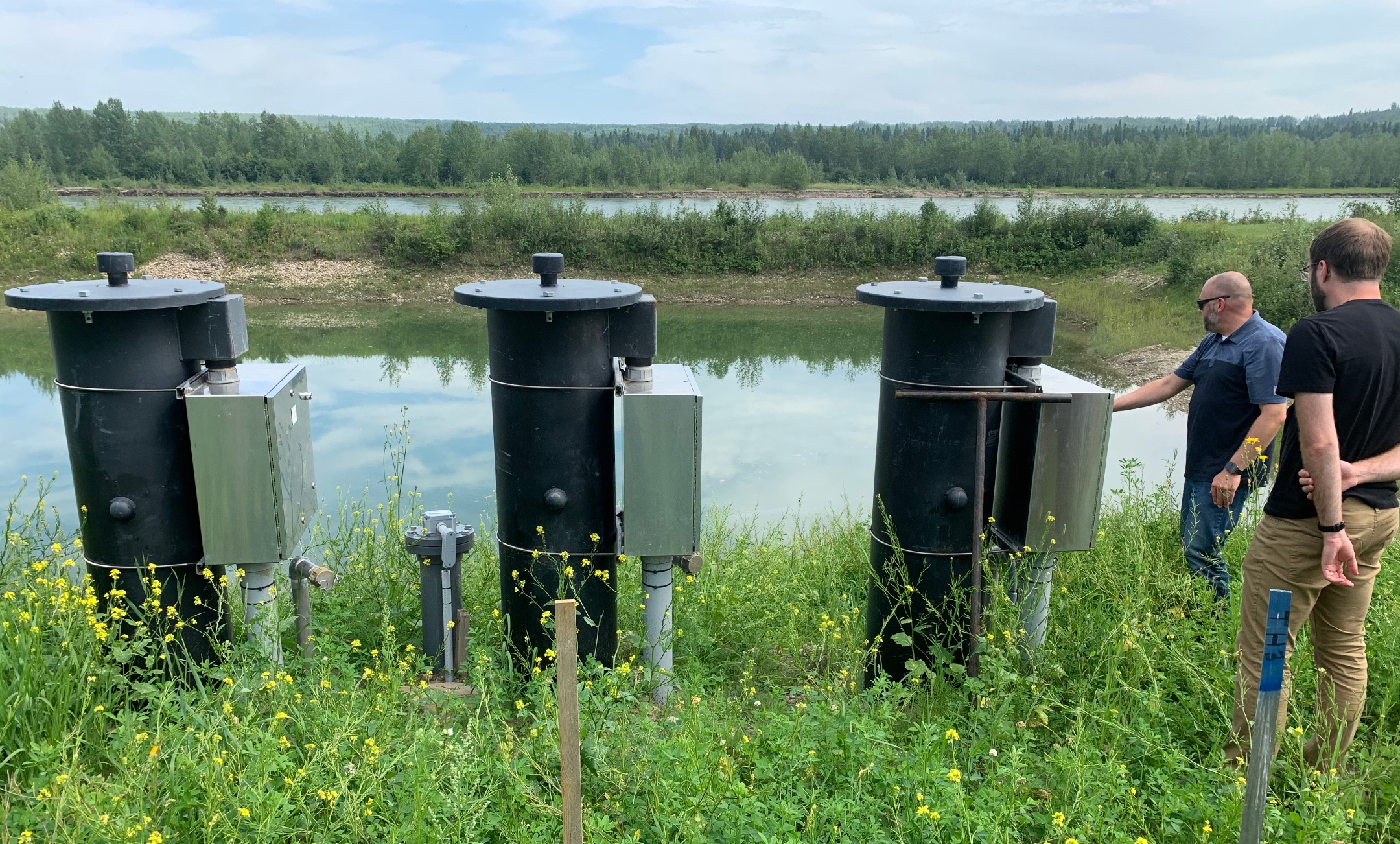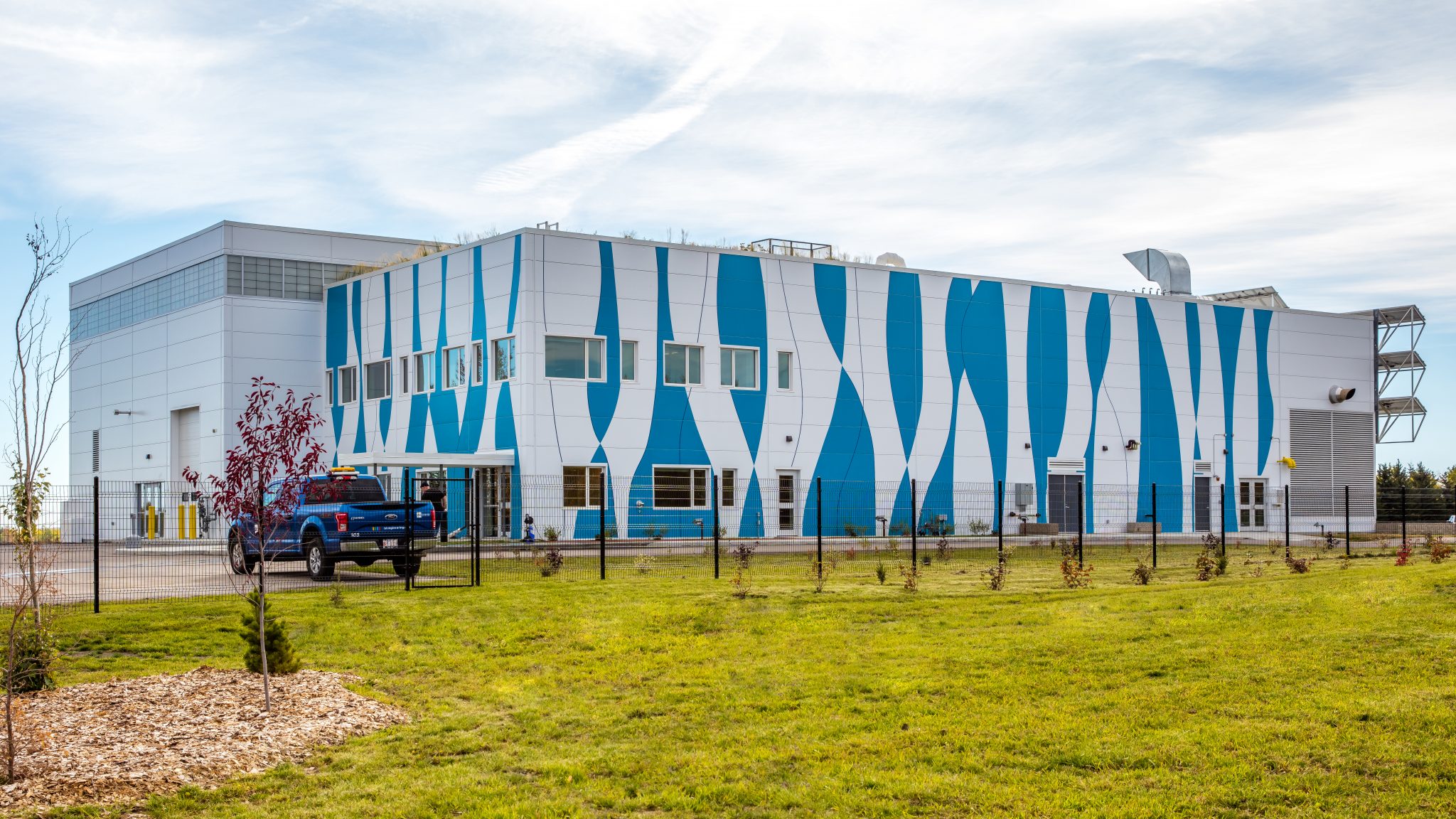A. Exploratory research
The wastewater project, Seoul (Korea)
 1) Project carriers :
Seoul Metropolitan Government (SMG)
2) Beneficiaries:
Human workers who will no longer have to work manually and will be able to work with a remote automatic system
Water thanks to a greater systemised quality control
Seoul : this project will hel the city become a city with intelligent centers
3) Users :
City of Seoul
Human workers
4) Need :
Save on personnel time
Reduce operational costs
Maximised sewage treatment
Respond to emergency situations more rapidly
Reduce energy consumption
Minimise greenhouse gas emissions
5) Principle :
Collecting key data to create big data sets that the AI system can analyse and use to manage the water quality automatically
Cutting down unnecessary operating of machines
The personnel will manage the entire sewage treatment remotely
6) Main technologies involved :
Integrated database infrastructure
A central surveillance system
A remote monitoring system
An application programme
7) Sources :
https://www.smartcitiesworld.net/news/news/seoul-adopts-artificial-intelligence-to-transform-water-reuse-centres-6792
1) Project carriers :
Seoul Metropolitan Government (SMG)
2) Beneficiaries:
Human workers who will no longer have to work manually and will be able to work with a remote automatic system
Water thanks to a greater systemised quality control
Seoul : this project will hel the city become a city with intelligent centers
3) Users :
City of Seoul
Human workers
4) Need :
Save on personnel time
Reduce operational costs
Maximised sewage treatment
Respond to emergency situations more rapidly
Reduce energy consumption
Minimise greenhouse gas emissions
5) Principle :
Collecting key data to create big data sets that the AI system can analyse and use to manage the water quality automatically
Cutting down unnecessary operating of machines
The personnel will manage the entire sewage treatment remotely
6) Main technologies involved :
Integrated database infrastructure
A central surveillance system
A remote monitoring system
An application programme
7) Sources :
https://www.smartcitiesworld.net/news/news/seoul-adopts-artificial-intelligence-to-transform-water-reuse-centres-6792
A wastewater treatment plant in Cuxhaven (Germany)
 1) Project carriers :
The company EWE WASSER GmbH (EWE)
Xylem
2) Beneficiaries:
400,000 residents of Cuxhaven as they have their wastewater purified
EWE as they will be responsible of another wastewater purification plant
Cuxhaven : the city is going to be less polluted
3) Users :
EWE as a proactive wastewater treatment operator
Human workers
4) Need :
Reduce operating costs through optimization
Reduce energy footprint and chemical use in the aeration process
Advance sustainability
Increase effluent water quality
5) Principle :
Create a system to optimize the energy consumption associated with aeration and improve safety with better system control of chemical usage
Create models of the carbon, nitrogen and phosphorous elimination processes based on data from the plant’s SCADA system
6) Main technologies involved :
Xylem Treatment System Optimization
Virtual sensors which calculate an estimate of the incoming carbon, nitrogen and phosphorous loads of the influent
7) Sources :
1) Project carriers :
The company EWE WASSER GmbH (EWE)
Xylem
2) Beneficiaries:
400,000 residents of Cuxhaven as they have their wastewater purified
EWE as they will be responsible of another wastewater purification plant
Cuxhaven : the city is going to be less polluted
3) Users :
EWE as a proactive wastewater treatment operator
Human workers
4) Need :
Reduce operating costs through optimization
Reduce energy footprint and chemical use in the aeration process
Advance sustainability
Increase effluent water quality
5) Principle :
Create a system to optimize the energy consumption associated with aeration and improve safety with better system control of chemical usage
Create models of the carbon, nitrogen and phosphorous elimination processes based on data from the plant’s SCADA system
6) Main technologies involved :
Xylem Treatment System Optimization
Virtual sensors which calculate an estimate of the incoming carbon, nitrogen and phosphorous loads of the influent
7) Sources :
https://www.xylem.com/en-az/making-waves/water-utilities-news/wastewater-treatment-plant-uses-ai-to-reduce-aeration-energy-use-by-30-percent/
https://www.wateronline.com/doc/cuxhaven-germany-utility-reduces-aeration-energy-use-by-minimizing-operational-expenses-and-reducing-compliance-risk-by-applying-a-decision-intelligence-approach-0001
AI pilot project aims to make water treatment greener, more efficient and less expensive, Drayton Valley
 1) Project carriers :
The U of A’s Reinforcement Learning and Artificial Intelligence Lab
The Alberta Machine Intelligence Institute
An Alberta not-for-profit institute with U of A affiliations
Edmonton infrastructure technology startup ISL Adapt
The Town of Drayton Valley
2) Beneficiaries:
Habitants of Drayton Valley who will have access to cleaner water
Municipalities as their cost to treat water will be reduce
3) Users :
Habitants of Drayton Valley
Municipalities
4) Need :
Optimize water treatment
Reduce energy emissions and chemical usage
Better predict water treatment needs.
5) Principle :
Build a small-scale water treatment plant inside Drayton Valley’s existing water treatment plant
6) Main technologies involved :
Small-scale plant within the larger facility that uses AI
Sensors
7) Sources :
1) Project carriers :
The U of A’s Reinforcement Learning and Artificial Intelligence Lab
The Alberta Machine Intelligence Institute
An Alberta not-for-profit institute with U of A affiliations
Edmonton infrastructure technology startup ISL Adapt
The Town of Drayton Valley
2) Beneficiaries:
Habitants of Drayton Valley who will have access to cleaner water
Municipalities as their cost to treat water will be reduce
3) Users :
Habitants of Drayton Valley
Municipalities
4) Need :
Optimize water treatment
Reduce energy emissions and chemical usage
Better predict water treatment needs.
5) Principle :
Build a small-scale water treatment plant inside Drayton Valley’s existing water treatment plant
6) Main technologies involved :
Small-scale plant within the larger facility that uses AI
Sensors
7) Sources :
https://www.ualberta.ca/folio/2020/10/ai-pilot-project-aims-to-make-water-treatment-greener-more-efficient-and-less-expensive.html
AI Water Breakthrough (United Kingdom)
 1) Project carriers :
Severn Trent : United Kingdom’s second-largest water company
Fellow utilities : Hafren Dyfrdwy, South West Water, Southern Water, Thames Water
Global innovators at Blackburn Starling, BT, Microsoft, Rockwell Automation, 8Power, University of Exeter and National Cyber Security Centre
2) Beneficiaries:
People living in the region and who will be less exposed to flooding
Environment which will be less polluted
3) Users :
Other water compagnies
Severn Trent
4) Need :
Optimize a sewage network
Reduce flooding and pollution
Reduce energy consumption and process emissions
Maximize resource recovery.
Minimize the risk of asset failure
Protect the system from cyber threats and malicious attacks
5) Principle :
The use of AI technology on a waste or water network.
Localized autonomous control of the catchment
Develop a security wrapper for connected Artificial Intelligence of Things (AIoT) devices
6) Main technologies involved :
AI models to predict the likelihood and customer impact of sewage pumping station failures or floods
Applications for automated sluice gates to attenuate flows
Low-cost IoT sewer sensors
7) Sources :
1) Project carriers :
Severn Trent : United Kingdom’s second-largest water company
Fellow utilities : Hafren Dyfrdwy, South West Water, Southern Water, Thames Water
Global innovators at Blackburn Starling, BT, Microsoft, Rockwell Automation, 8Power, University of Exeter and National Cyber Security Centre
2) Beneficiaries:
People living in the region and who will be less exposed to flooding
Environment which will be less polluted
3) Users :
Other water compagnies
Severn Trent
4) Need :
Optimize a sewage network
Reduce flooding and pollution
Reduce energy consumption and process emissions
Maximize resource recovery.
Minimize the risk of asset failure
Protect the system from cyber threats and malicious attacks
5) Principle :
The use of AI technology on a waste or water network.
Localized autonomous control of the catchment
Develop a security wrapper for connected Artificial Intelligence of Things (AIoT) devices
6) Main technologies involved :
AI models to predict the likelihood and customer impact of sewage pumping station failures or floods
Applications for automated sluice gates to attenuate flows
Low-cost IoT sewer sensors
7) Sources :
https://www.waterworld.com/international/wastewater/article/14222700/ai-water-breakthrough
B. Deepening
I. AI pilot project aims to make water treatment greener, more efficient and less expensive, Drayton Valley
II.

1) Carriers and actors of the project :
Municipalities can also participate in this project, in fact water treatment represents a significant cost for them and one of their objectives is to reduce emissions. Thus adopting this project would reconcile the resolution of these two problems.
2) Research question :
How can we motivate municipalities to use IA as a solution to make water treatment greener, more efficient and less expensive ?
3) The reason you selected this project :
This porject is ambitious, it entails short-term and long-term benefits (reduce pollution, make driniking water safe). This project makes it possible to tackle a real problem, that of optimizing water treatment, reducing energy emissions and reducing the use of chemical products. Finally what is interesting in this project is that it is win-win at the environmental and fiscal level
III. User scenario
1) Users:
Municipalities, habitants of Drayton Valley
2) Persona :
Aaron Smith, aged of 45 is living in Drayton Valley (United-States) and working in the water treatment plant of the city. His work is tedious, especially in the spring period, when the water filtration cycles must be repeated several times before obtaining safe water. In addition, he is directly affected by the problem raised by his work, since in the spring the taste of the water is less good. Indeed, the water was filtered more times than usual, due to a greater presence of chemicals during this period. Not only does Aaron have to be more vigilant in the spring to detect more chemicals in the water, he and his family also drink less natural water. Aaron would like some of his work to be automated, in order to focus on logistics and not particle detection which is not his responsibility. He would also like the factory in which he works to pollute his city less.
3) Key features :
Build a new plant
Drink water
4) UX storyboard :

IV. Technical analysis
1) General principle:
AI is able to optimize and simplify the filtration process by detecting in advance the particles that will enter the filtration system.
2) Technical overview - AI version:
Artificial Intelligence technologies are involved in this project.The current filtration process raises several problems, the filters used are very expensive and not competent enough when the micro-particles are too numerous. Thus, at certain times of the year, several filtration cycles must be put in place to obtain the desired water, which is costly in energy and pollutes the environment. AI is introduced into this system to reduce and optimize filtration cycles. So the process is not radically different with the use of AI, it is improved.
This project is based on supervised learning by the University of Alberta.
The data manipulated by the AI are values. AI is able to optimize and simplify the filtration process by detecting in advance the particles that will enter the filtration system. Additionally, the AI will be better able to predict some of these seasonal changes and determine the precise amounts of chemicals to use to reduce fouling.
The algorithm must take care of classifying the chemicals according to their quantities. He must take care of identifying models, i.e. depending on the quantity of particles present in the water, which filtration cycle must be put in place.
3) Added value thanks to Artificial Intelligence :
Environmental and fiscal win-win --> Less energy and fewer chemicals are not only an environmental win but also a fiscal one





